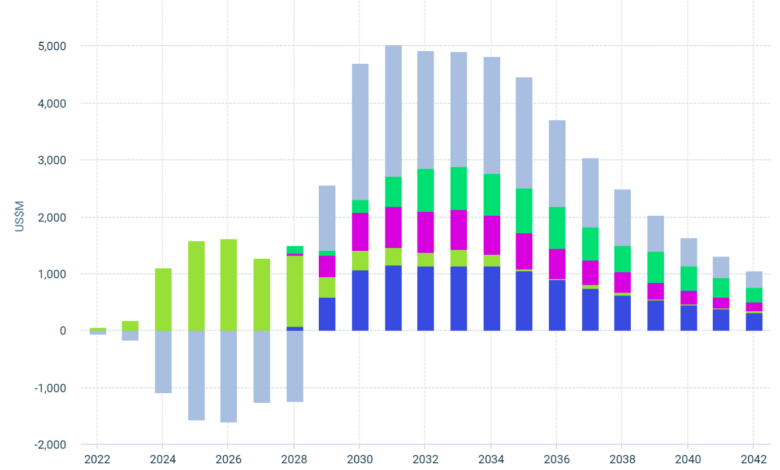Willow project approval marks milestone for Alaska’s upstream sector

The US Interior Department approved the Willow project in the National Petroleum Reserve-Alaska (NPR-A). The decision is for a three-pad development instead of the originally sought five drill sites and is coupled with ConocoPhillips relinquishing 68,000 acres of existing leases. The new Record of Decision replaces one received in October 2020, which was later vacated following a court case. The three-pad approval will still render the project economically viable, according to analysts at Wood Mackenzie.
“The decision will allow ConocoPhillips to progress the development, which now just awaits corporate final investment decision,” said Mark Oberstoetter, Head of Americas Upstream for Wood Mackenzie. “ConocoPhillips has a large and global project inventory. Growth at Willow adds some desired diversity to a Permian-weighted portfolio, but the company has also consistently articulated its rigorous investment criteria and cost-of-supply framework. ConocoPhillips has frequently said that anything less than the ‘Alternative E’ project scope for three well pads would render the Willow project uneconomic. Our independent economic model substantiates that claim.”
According to Wood Mackenzie’s model, reducing the number of allowed wells from three-well pads to two would have changed the project’s post-tax internal rate of return from 15% to 9.8% and drop total post-tax present value (10% discount rate) from $1,865 million to negative $54 million. Those estimates use a $60/bbl Brent long-term base case price. Development costs, transport tariffs and the government royalties/petroleum taxes are higher in Alaska than other US oil-producing regions.
“Our calculation of the government share of revenue over the 30-year life of the project totals US$15.2 billion (US$4.7 billion present value discounted to 2023 at 10%),” said Mr Oberstoetter. “That revenue will benefit the state of Alaska, the federal government or Indigenous groups set to share in the proceeds. Royalties to the US federal government are currently used to fund the popular National Parks program. Most of those royalties today are sourced from offshore projects in the Gulf of Mexico, a maturing hydrocarbon region with fewer large-scale, commercial discoveries. “
The three-pad project scope had unanimous Alaskan legislative support following a resolution from both the Alaska House and the Alaska Senate. The proposed Willow scope was supported by many, but not all, Indigenous groups and leaders. It is rare for any project anywhere to have unanimous support, Mr Oberstoetter said.
He added: “The decision is a milestone for Alaska’s upstream sector, which has had exploration success from the Nanushuk play in the past decade but has, so far, been slow to move those discoveries to development. Many of those projects are on state-administered lands, not requiring federal approval. A revival of North Slope production is now on. With Willow joining other projects like Pikka, new pads at Milne Point, Narwhal, Nuna and Coyote, we see production returning to 700,000 bbl/day by 2030, levels last seen in 2008. Without production from Willow and these other new projects, the Trans Alaska Pipeline System would eventually run into low flow issues, jeopardizing all production coming from the North Slope.”
Wood Mackenzie projections suggest Willow’s Scope 1 and 2 emissions intensity would be lower than other Alaska projects, and lower than many of the current sources of US oil imports. Scope 3 emissions, the burning and use of the products derived from crude oil, would be the largest source of emissions. But that is equally true for all other projects. The Biden Administration is also looking to remove the federal waters of the Beaufort Sea from future leasing.




